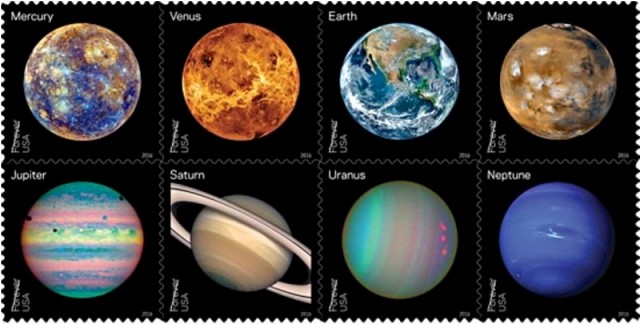Once again Silvan made me and my mailbox overwhelmed with joy with this absolutely fantastic surprise! It is hard to describe how fantastic it is! And this is a very recent issue, which makes me even more proud to have it :)
Royal Mail pays tribute to the ‘workhorses’ of the railways; many of which had working lives of several decades before diesel and electric technology completely took over in the 1960s.
Classic Locomotives of England is the first in a new series featuring steam locomotives, used not just on the public railway network, but also in many industrial locations like factories, quarries and docks.
1st Class Stamp – BR Dean Goods No. 2532
A Newbury bound British Railways local service Dean Goods Class locomotive at East Garton photographed in 1951. These sturdy Victorian goods locomotives saw a great deal of use in both world wars, but by the 1950s they had been relegated to light duties, such as hauling passenger trains on rural branch lines.
60p Stamp – Peckett R2 Thor
This Peckett 1689, named Thor was built in 1925 for the Tunnel Cement company of Purfleet, Essex. Compact, powerful and rugged, industrial locomotives were the all-purpose workhorses of plants such as Tunnel Cement and many were used continuously for several decades. The loco spent its entire life at Thurrock - where the photo was taken - and it was scrapped there in March 1965.
88p Stamp – L & YR 1093 No. 1100
The Lancashire & Yorkshire Railway locomotive photographed here at Liverpool Exchange Station in 1909 is pulling the 2.10 to Hull. From the middle of the 19th century, British companies offered integrated travel to continental Europe, combining rail services with steamships which sailed from ports around the United Kingdom
97p Stamp – BR WD No. 90662
During the Second World War heavy-freight “Austerity”’ locomotives were built for military service, transporting goods and troops. Before the Normandy Landings, the Army had very little use for these locomotives, so they were loaned to the "Big Four" railway companies. After June 1944, "Austerity" locomotives were shipped out to France. Eventually British Rail had 733 of these locos.
Technical Details
Number of stamps: four
Size of sheet: 179mm x 74mm
Stamp Format: Landscape
Stamp Size: 41mm x 30mm
Print Process: Lithography
Perforations: 14.5 x 14
Phosphor: All over
Gum: PVA
Royal Mail pays tribute to the ‘workhorses’ of the railways; many of which had working lives of several decades before diesel and electric technology completely took over in the 1960s.
Classic Locomotives of England is the first in a new series featuring steam locomotives, used not just on the public railway network, but also in many industrial locations like factories, quarries and docks.
1st Class Stamp – BR Dean Goods No. 2532
A Newbury bound British Railways local service Dean Goods Class locomotive at East Garton photographed in 1951. These sturdy Victorian goods locomotives saw a great deal of use in both world wars, but by the 1950s they had been relegated to light duties, such as hauling passenger trains on rural branch lines.
60p Stamp – Peckett R2 Thor
This Peckett 1689, named Thor was built in 1925 for the Tunnel Cement company of Purfleet, Essex. Compact, powerful and rugged, industrial locomotives were the all-purpose workhorses of plants such as Tunnel Cement and many were used continuously for several decades. The loco spent its entire life at Thurrock - where the photo was taken - and it was scrapped there in March 1965.
88p Stamp – L & YR 1093 No. 1100
The Lancashire & Yorkshire Railway locomotive photographed here at Liverpool Exchange Station in 1909 is pulling the 2.10 to Hull. From the middle of the 19th century, British companies offered integrated travel to continental Europe, combining rail services with steamships which sailed from ports around the United Kingdom
97p Stamp – BR WD No. 90662
During the Second World War heavy-freight “Austerity”’ locomotives were built for military service, transporting goods and troops. Before the Normandy Landings, the Army had very little use for these locomotives, so they were loaned to the "Big Four" railway companies. After June 1944, "Austerity" locomotives were shipped out to France. Eventually British Rail had 733 of these locos.
Technical Details
Number of stamps: four
Size of sheet: 179mm x 74mm
Stamp Format: Landscape
Stamp Size: 41mm x 30mm
Print Process: Lithography
Perforations: 14.5 x 14
Phosphor: All over
Gum: PVA



